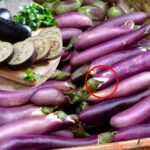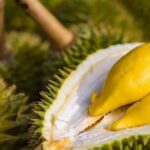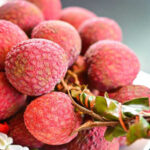Choosing the Right Orange: A Guide to Selecting the Perfect Fruit
First, let’s examine the exterior of the orange. A high-quality orange should have a smooth, shiny skin with small pores. If the pores are large, it may indicate a thicker peel.
However, be cautious as some vendors may artificially “polish” oranges, smoothing out any roughness. If an orange appears too smooth or even shiny, it may have been treated with artificial processes.
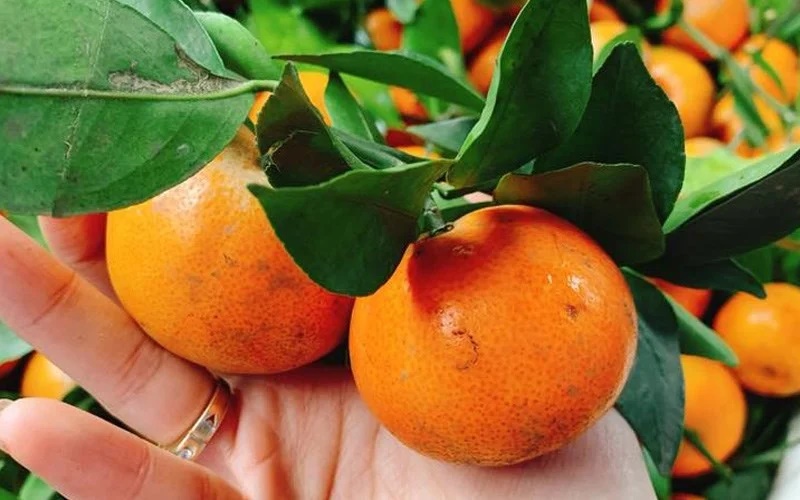
Secondly, let’s talk about the color of the peel. Generally, the deeper the color, the sweeter the orange; the lighter the color, the more sour it will be. If you suspect the color is not natural, you can gently rub the peel with a tissue to check for color transfer or examine the color of the stem to ensure it hasn’t been dyed.
Additionally, some people believe that brown scars on the surface indicate rotting. However, this is not always the case, as oranges with such marks are often perfectly delicious.
In summary, when choosing an orange based on its peel, look for a smooth surface and a deeper color. These characteristics indicate a preferable orange.
Shape Matters
The ideal shape for an orange is not perfectly round but slightly oval. This means it should be rounder in the middle and slightly narrower towards the ends. Oranges with this shape tend to have a better taste and are generally sweeter. Moreover, larger oranges are often drier and less juicy, affecting their flavor.
In summary, when selecting an orange based on its shape, look for an oval-shaped fruit with a moderate size. These characteristics are indicative of a preferable orange.
The Navel Test
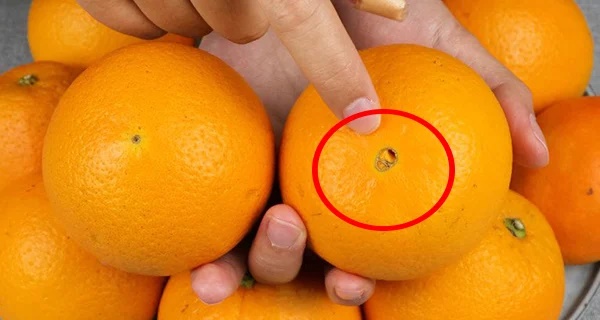
Oranges usually have a small mark at the bottom, known as the navel. This is where the fruit was grafted. When choosing an orange, look for ones with smaller navels or navels that are slightly indented. These oranges tend to have more juice and a sweeter taste. If the navel is large or protrudes, the fruit is likely to be drier and less flavorful.
In summary, when examining the navel of an orange, look for a smaller, less prominent navel. These characteristics indicate a preferable orange.
The Touch Test
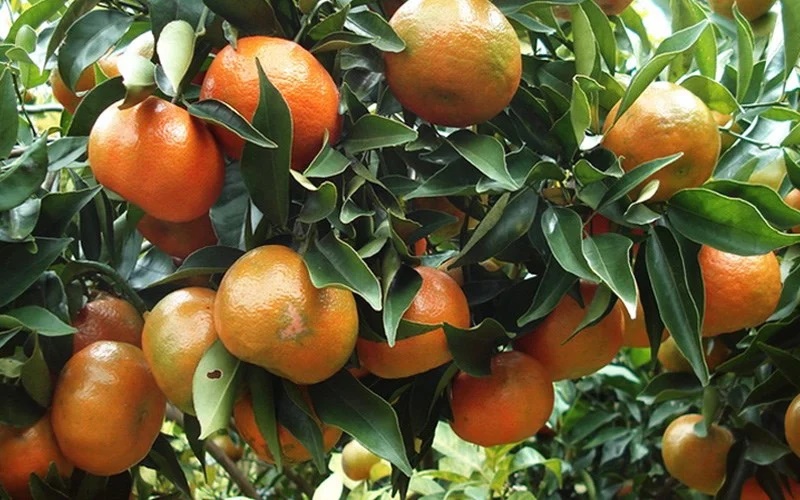
When selecting an orange, use your fingers to gently press the skin. The ideal orange should have a slight bounce-back; if it’s too hard, it may not be fully ripe, and if it’s too soft, it’s probably been stored for too long.
Additionally, you can gauge the weight of the orange. Oranges of the same size but heavier will have more juice and, therefore, a better taste.
In summary, when choosing an orange based on touch, look for fruit that is slightly soft to the touch and heavier in weight. These characteristics indicate a preferable orange.
According to Xe và thể thaop>
The Top 3 Delicious and Sweet Fruits That Are a No-Go for Ancestral Altars
The ancient customs and traditions surrounding fruit offerings on ancestral altars during festive occasions are intriguing. It is fascinating to discover that not all fruits are deemed suitable for this purpose. The three delicious, sweet, and visually appealing fruits listed below are traditionally avoided and not placed on altars during rituals.
The Ultimate Guide to Storing Fresh and Dried Lotus Seeds for Year-Round Enjoyment
Lotus seeds are nutritional powerhouses, offering a plethora of health benefits. But how do you ensure these delicate seeds retain their freshness and nutritional value over an extended period? Well, worry not! We’ve got you covered with our expert tips and tricks to prolong the lifespan of these delicious and wholesome treats.

























